We traveled to Jackson, Wyoming, for a friend’s wedding in early June.
Day 1
We flew into Salt Lake City, and our first stop was Antelope Island, a Utah state park on the Salt Lake.


We drove up to Idaho Falls, which is on the Snake River, where we spent the night.
Day 2
We started the day with a walk along the river. The LDS temple in the photo is frequently seen in photos of the falls.

A beaver wandered along the banks of the Snake River.

Craters of the Moon National Monument is a 90 minute drive west of Idaho Falls. It’s an otherworldly scene of lava flows from volcanic eruptions that took place in the Snake River valley about 2,000 years ago. Geologically speaking, it’s extremely recent, and the flora and fauna are just starting to reclaim the area.

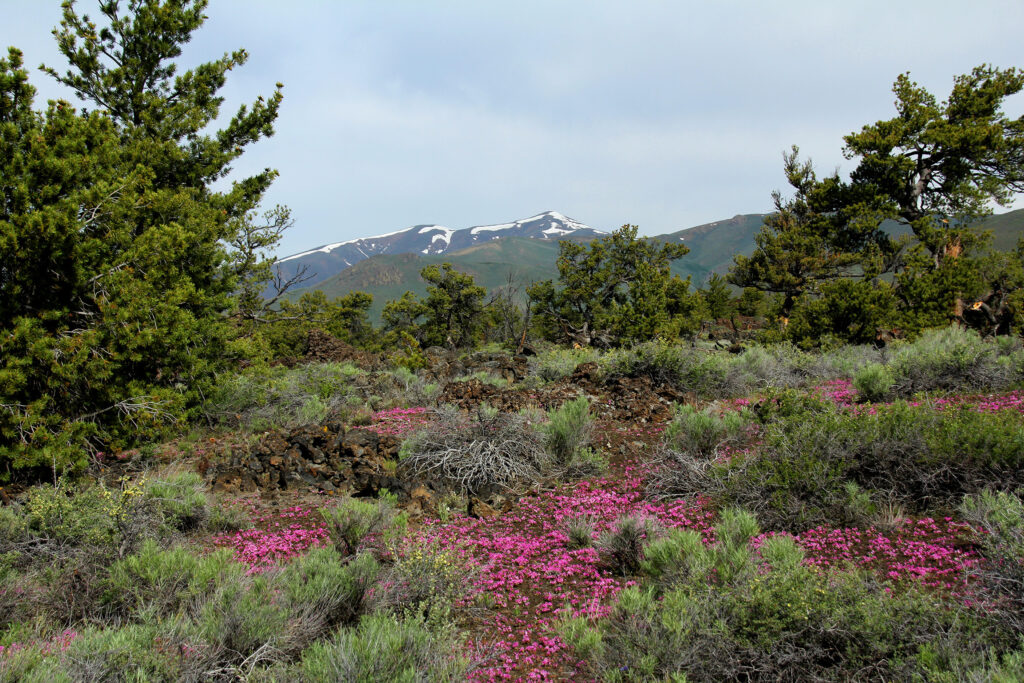

Day 3
We arrived the previous night in Jackson and toured Grand Teton National Park in the morning. Here, the Tetons reflect in String Lake.

A marmot rests in the sun on Jenny Lake.

Streeeeetch!

The view of Jenny Lake from Inspiration Point.

Rocky Crags of the Tetons.

The Tetons along Lake Jackson.

My favorite place in the Tetons is Oxbow Bend with a view of both the mountains and the Snake River.

Day 4
We stopped by Oxbow Bend at sunrise (which is early–about 5:45am in Jackson in June) on our way to Yellowstone National Park.
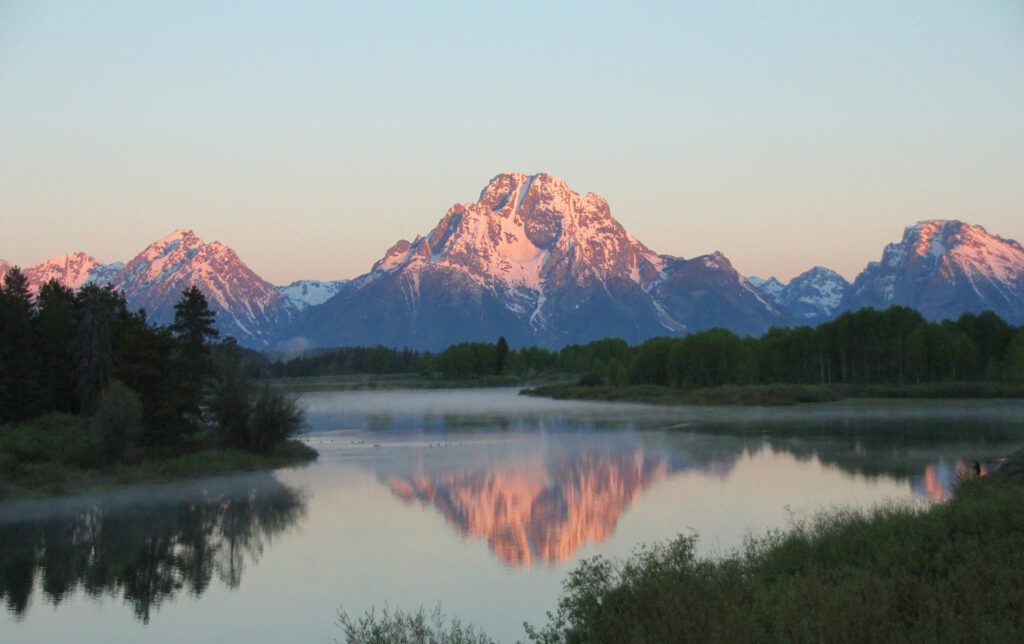
I had no idea what to expect in Yellowstone. This is how I pictured it (plus Old Faithful).
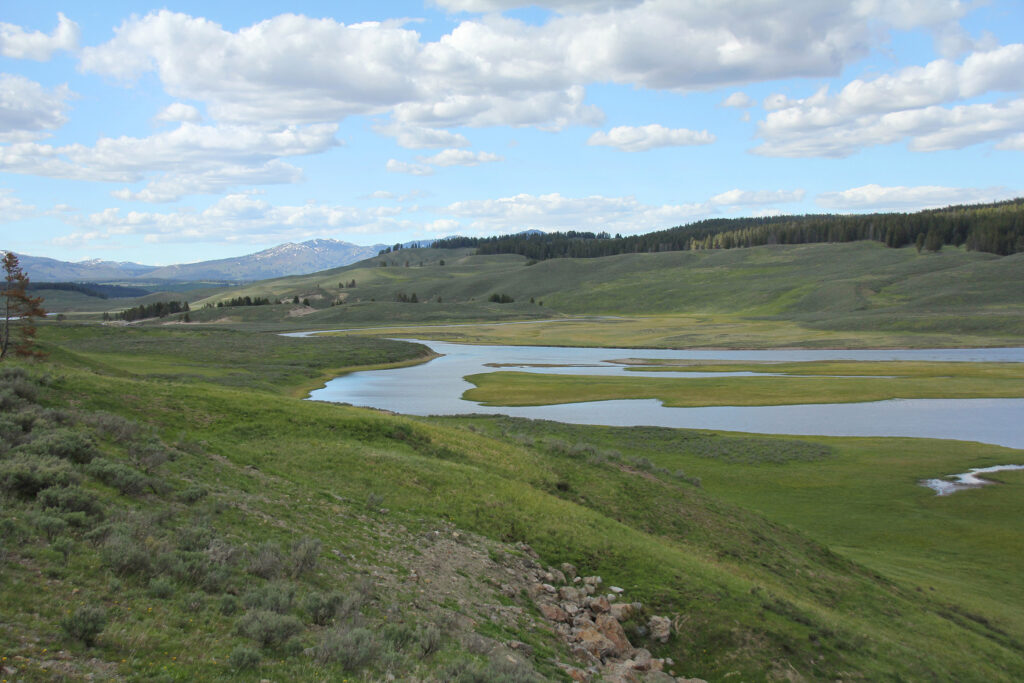
In reality, there are geysers and hot spring pools all over the very seismically active park.


In addition, there are mud pots that bubble to the earth’s surface.

This is Norris Geyser Basin, one of the most active parts of the park. This part is the Porcelain Basin, featuring colorful pools against white rock.
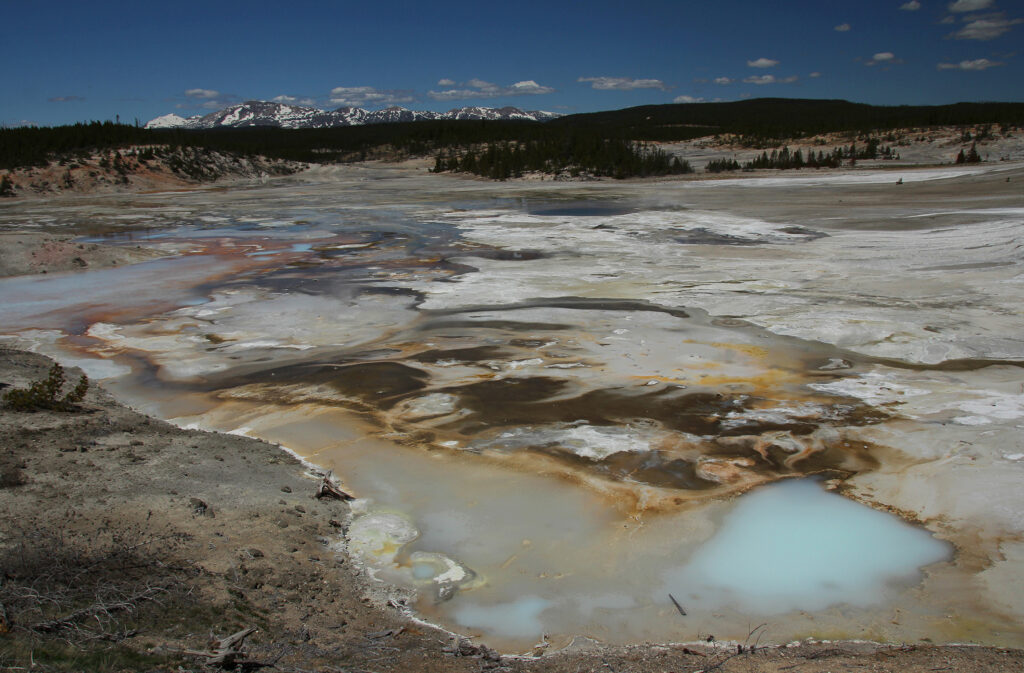
Yellowstone has its own grand canyon.

These pools are at West Thumb, which was formed after a volcanic eruption approximately 150,000 years ago.


And then there are bison. They tie up traffic and sit along the side of the walking paths.


And they cross streams. This was admittedly my favorite part of the Yellowstone tour–watching a bison cross this stream near a thermal pool and geyser basin.

A moose stopped traffic in the Tetons on the way back from Yellowstone.

Day 5
We took the gondola from Teton Village to an elevation of 10,450 feet.
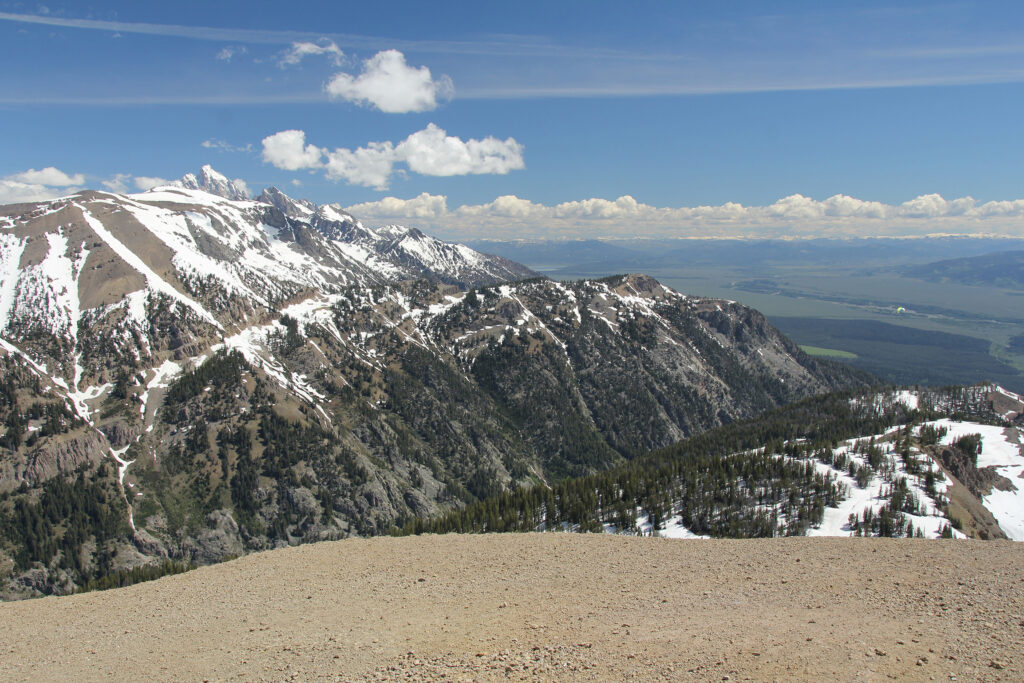
That’s the Snake River valley below.

Downtown Jackson’s town square features four elk antler arches. Each year, the elk shed their antlers, the local boy scouts collect them, and the antlers are auctioned off for fundraising.

Jackson is home to the National Elk Refuge.

Day 6
Another great location for sunrise is Schwabacher’s Landing.

On the other side of the Tetons, we hiked toward Wind Cave. It was early June so there was still snow on the ground and I didn’t have my boots, so I didn’t actually make it up to the cave, but I did see some neat rock formations on the mountain and a waterfall.


The aspen trees curve in a hook formation because when they are young, they lack the strength to hold themselves up against the heavy snow that accumulates in the mountains.

Day 7
On the way to Gooseberry Badlands, the Wind River flows through a canyon. The drive is interesting because there are signs posted telling visitors the geological period when each part of the canyon was created.

A desert rose in bloom at the Gooseberry Badlands.

The Gooseberry Badlands is one of the government’s best kept secrets. There are no good directions to the place (just “25 miles west of Worland” on Route 431) and no signs directing a visitor. But if you can find it, it’s worth seeing. The colorful rock formations are beautiful and unique.
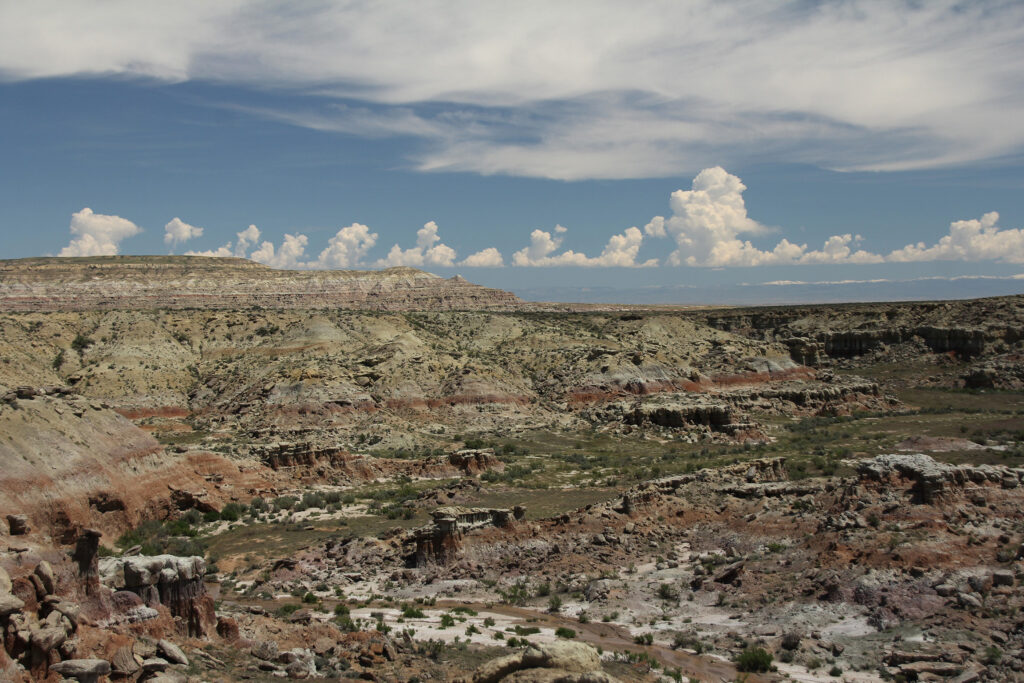

Day 8
Back in Jackson, I hiked up Snow King mountain, which overlooks the town and the valley.


We took one final quick trip in the area to Slide Lake, which was created in 1925 when a landslide dammed the Gros Ventre River.

Day 10
Our final stop before flying home was Temple Square in Salt Lake City, featuring the Mormon Temple and LDS Conference Center.


All images (c) 2016 J. Atwater. All rights reserved.